
8 stories from Indian scriptures on pregnancy – Garbha Sanskar
The Indic Knowledge System emphasized on building stories through the blending of philosophy, science and history with mythology and legend for the purpose of propagating and ensuring survival of knowledge and values in a largely oral tradition. These stories, passed down through generations, serve as ‘How To’ guides, shaping ethical values and fostering better living.
Below are eight stories from Indian scriptures talk about Garbha Sanskar — the need to cultivate a prenatal environment for the mother to positively impact her child’s development.
Build intent for the kind of child you want
An extremely powerful demon, Tarakasura, was terrorizing people. Shiva and Parvati built intent to give birth to a warrior boy, named Kartikeya, to defeat this demon.
Alternatively decide on whose skills you want your child to inhereit
Kunti is an influential figure in the Mahabharata. She is the mother of Karna and three Pandavas — Yudhishthira, Bhima, and Arjuna. Her story lacks details, but here’s what we know: Sage Durvasa taught Kunti how to invoke any deity when bearing a child to imbibe that deity’s qualities into the child. While her story does not explicitly describe Kunti using Garbha Sanskar in the way it is traditionally understood, her story does highlight how prenatal conditioning contributed to the development of the child.
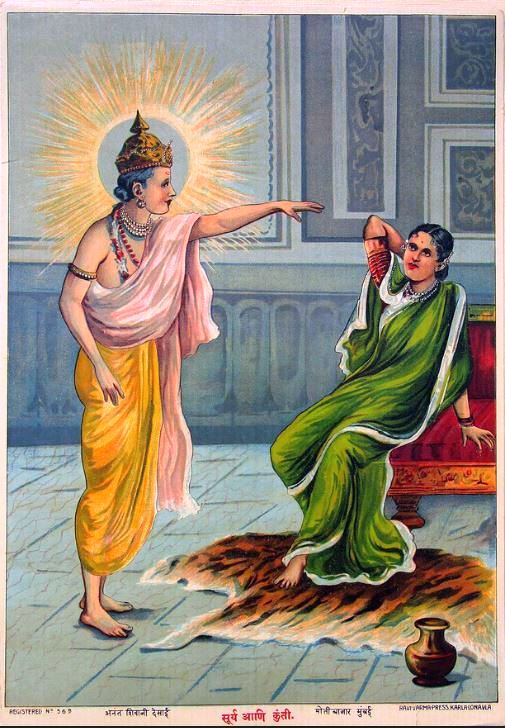
Inculcate a sense of Dharma
Prahlada was born into a family of Asura kings to Hiranyakashipu and Kayadhu. King Hiranyakashipu was a tyrannical ruler. While Kayadhu was pregnant with Prahlada, she met the sage Narada, who provided her spiritual guidance and teachings. Prahlad grew up to be a righteous and courageous man, defying his father’s tyrannical rule and upholding the principles of Dharma.
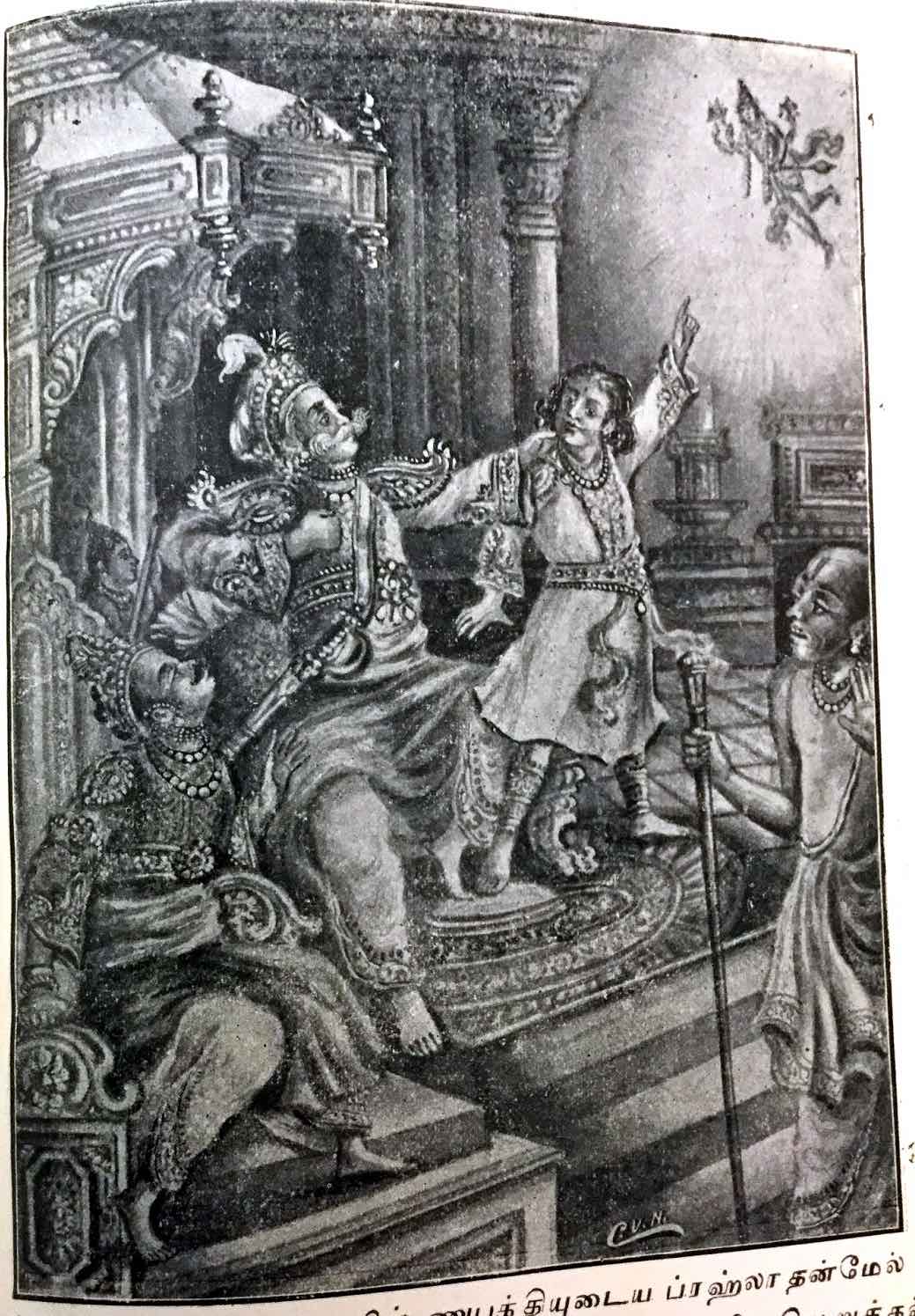
You can shape the mind
Kahoda once wronged a sage who in turn cursed Kahoda that his next born child would be deformed in eight places. To remedy the situation, Kahoda and Sujata, his wife, practiced garbha sanskar. Kahoda began narrating the Vedas to his wife, while she was pregnant. Upon birth, their son, Ashtavakra’s body was physically deformed, but his mind was enlightened. The story challenges societal norms about physical appearance and abilities, and highlights the supremacy of wisdom and knowledge over physical form.
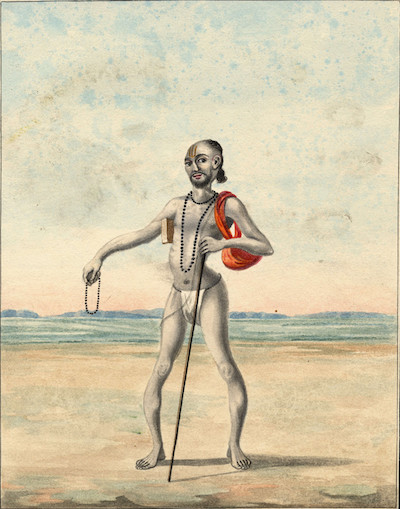
And also the body
Hanuman was born in the Vanar lineage to Kesari and Anjana. While the story lacks specific details, there is reference to the fact that Anjana, during her pregnancy, either through her own effort or through divine intervention, inculcated the right values to Lord Hanuman. This garbha sanskar shaped Hanuman’s destiny, enabling him to play a pivotal role in Rama’s epic journey and becoming a symbol of strength, loyalty, and unwavering devotion.
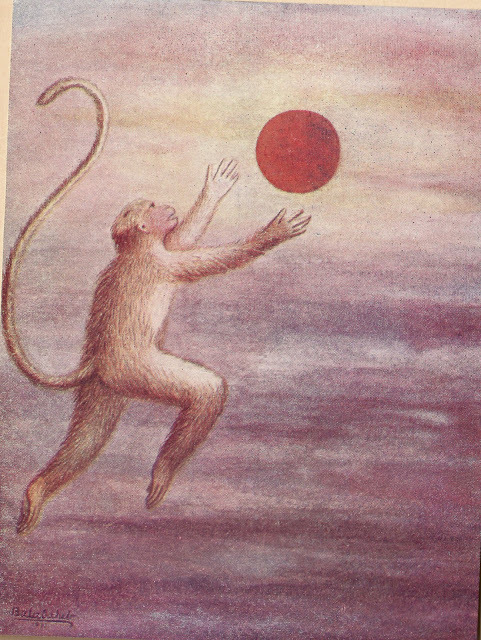
General advice
Valmiki’s advice to Sita: It is very important for pregnant women to stay happy, healthy, and positive. This is also evident in stories of Ramayana. Once, in the Valmiki Ashram, Sita, burdened by sorrow, sought solace. Valmiki, the sage, advised her to cultivate a positive mindset, as her emotions would shape her unborn children’s emotional landscape. Sita transformed her sadness into a beacon of strength, nurturing her children with hope, love, and faith. Valmiki admired her transformation, and Sita carried the profound knowledge that her positive attitude would shape the destinies of her children and generations to come.
Avoid teaching specific knowledge
Abhimanyu was the son of Arjuna, one of the Pandava brothers, and Subhadra, the sister of Lord Krishna. His education in warfare began even while he was in his mother’s womb. Arjuna was telling Subhadra about the intricacies of war, including how to enter the Chakravyuha (a formidable battle formation). Unfortunately, Subhadra fell asleep in the middle of the explanation, and as a result, Abhimanyu learned only how to enter the Chakravyuha but not how to exit it. Many years later, during the Kurukshetra War, Abhimanyu was instinctively able to enter the Chakravyuha. However, he did not know how to exit the formation and was trapped. Eventually, he was overpowered and killed.
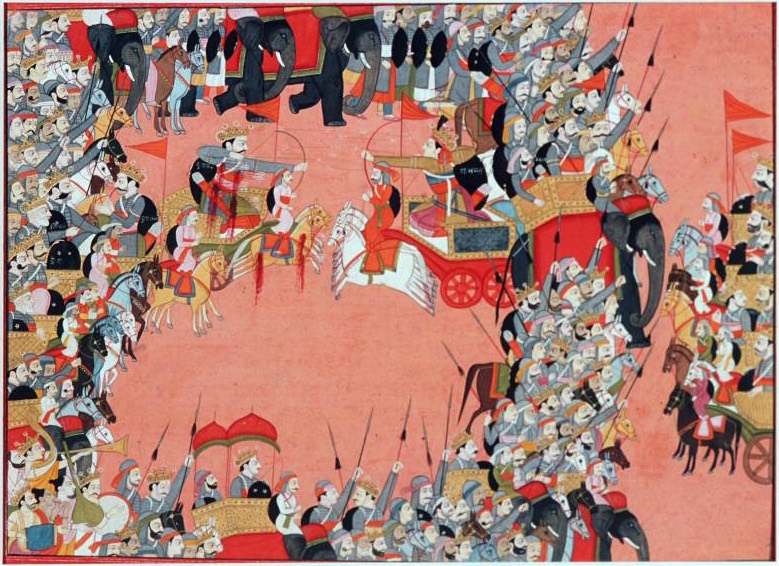
Similarly, Aswatthama, the son of Dronacharya, heard the secrets of powerful weapons (Divyastras) while in his mother’s womb. However, his mother fell asleep before the conversation ended, resulting in Aswatthama only learning how to invoke these weapons but not how to withdraw them.

